After staying a couple of weeks in Medellin, I decided to take a small break from the big city and go for a few days to the region called Eje Cafetero, where most of Colombian coffee is grown.
I headed to the Medellin southern bus station and bought a ticket for a bus leaving in 30 minutes. I loved how efficient and abundant the buses in Colombia are. There’s always a seat available for a bus leaving within the next hour or so. While waiting for departure, I had my first taste of the local dish called bandeja paisa. It seems that whoever invented it just decided to throw every local food item available on a plate.
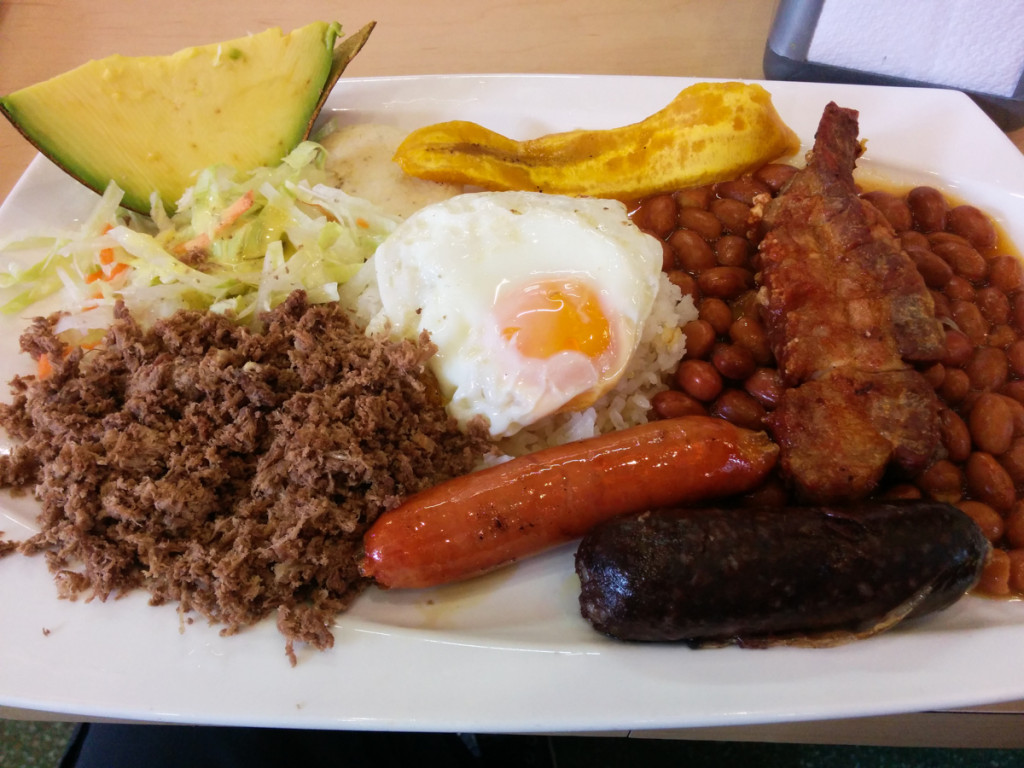
Clockwise from the top: fried plantain, beans, chicharron (deep fried bacon), blood sausage, sausage, shredded meat, salad, avocado, and friend egg over white rice in the center. Had I known the the 4.5 hour bus ride went to twisty mountainous roads, I would not have tried to finish the whole thing.
The mountain scenery was very green, with coffee plantations everywhere, sometimes on very steep hills. Manizales is an medium sized mellow town and I stayed there for two nights. I was surprised by the accent of the people there. The Spanish sounded similar to the one from Spain with the way they pronounce the ‘z’.
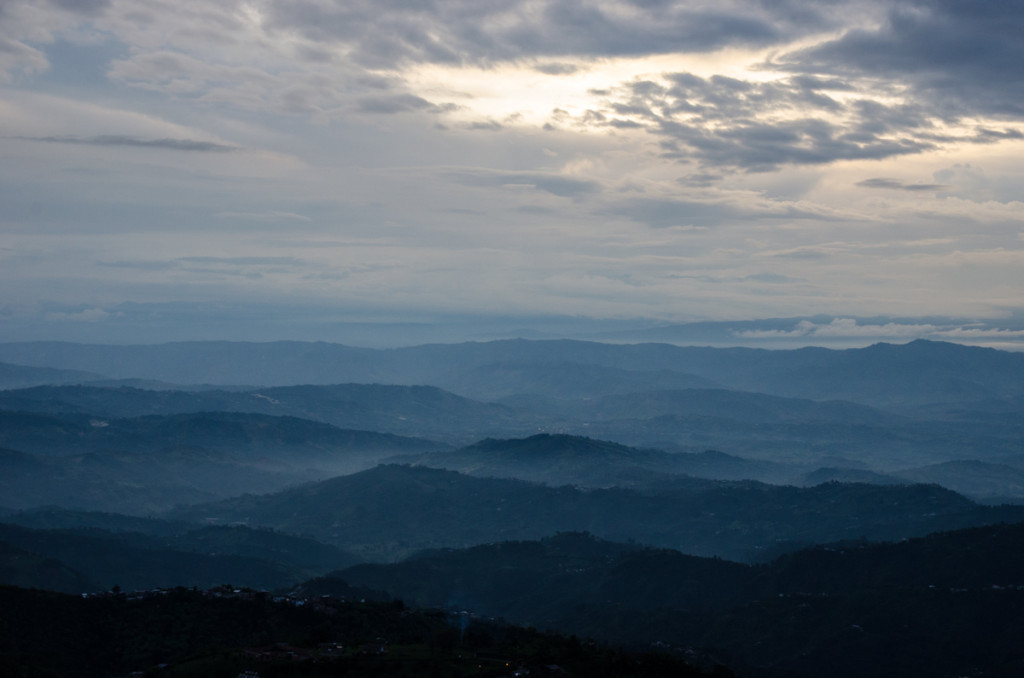
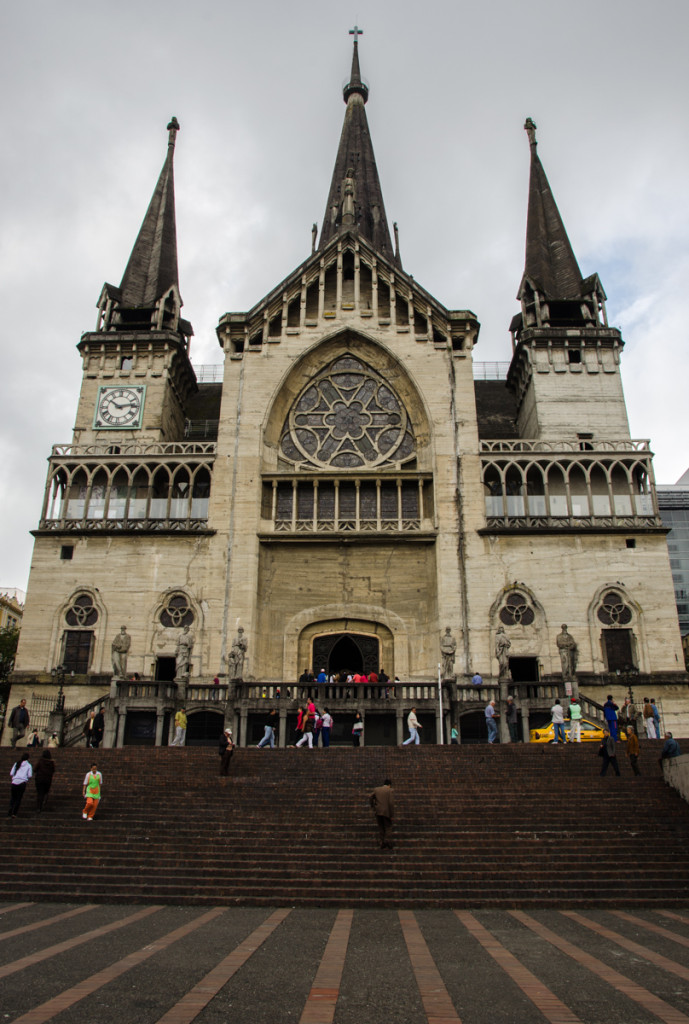
The second day I made a day trip to the Hacienda Venecia coffee finca. The tour is not cheap at COP 45,000, but I enjoyed the experience very much. They pick you up in the morning from your hotel/hostel and drive to the the finca which is about 30 minutes away. They then give you a presentation on the history of coffee and the different types of it around the world, how Colombian coffee is classified by quality and sold overseas, and the different types of roasting and how it affects the taste. This is followed by a walking tour around the plantation and the building where they process and separate the beans.
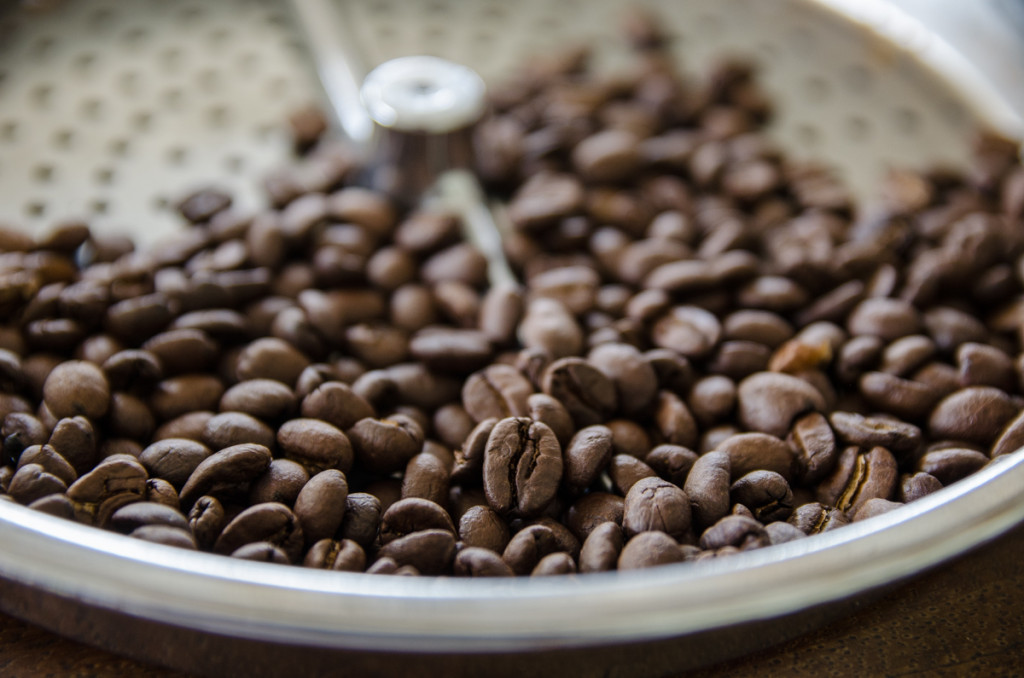
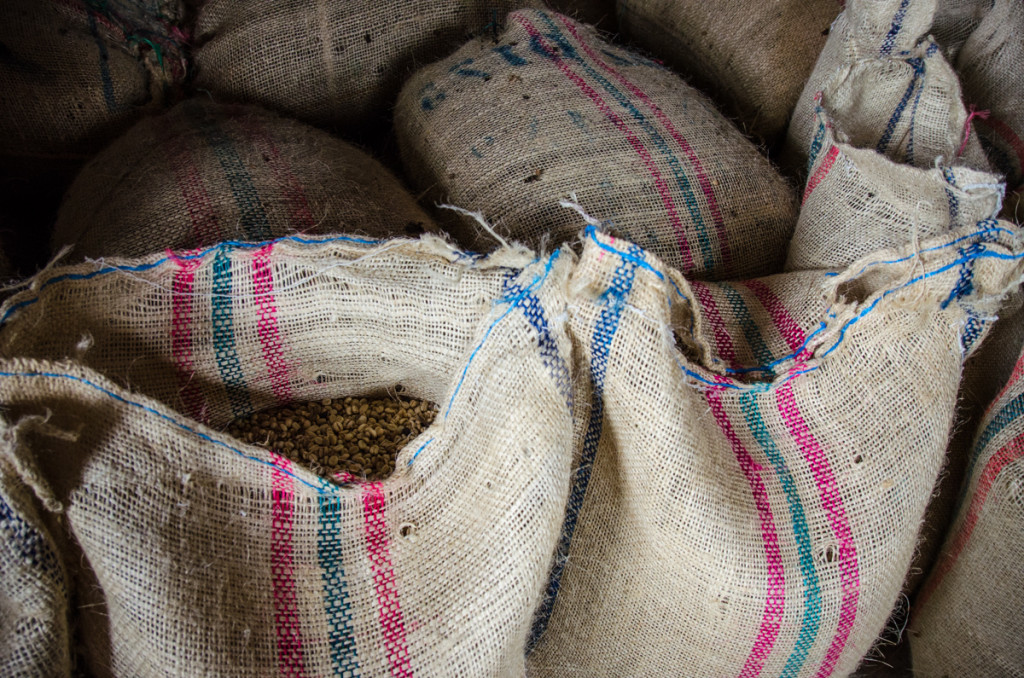
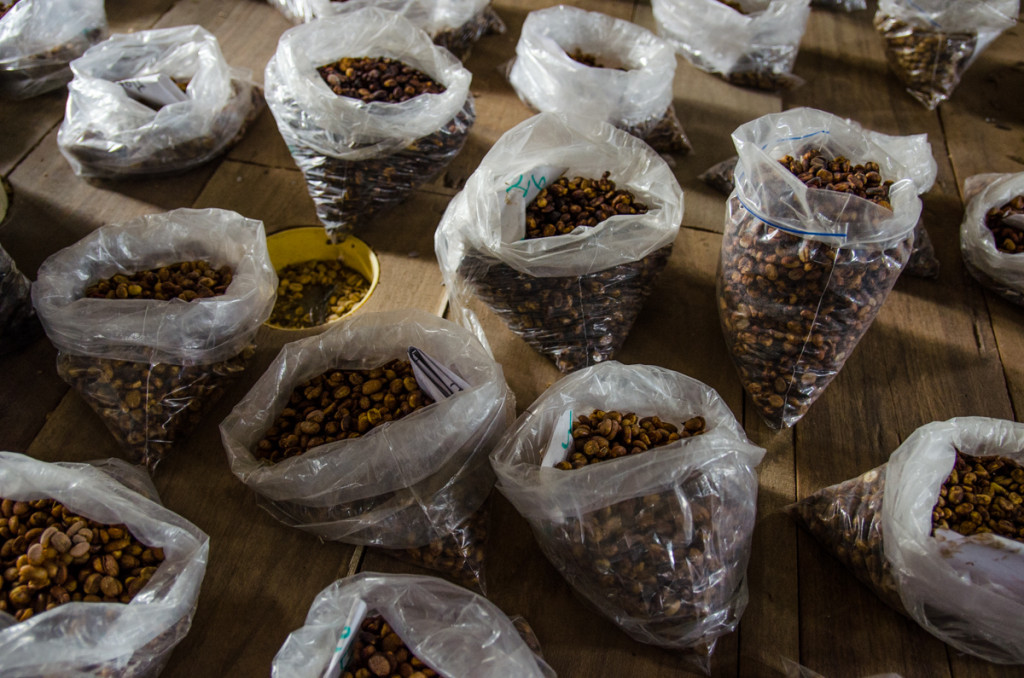
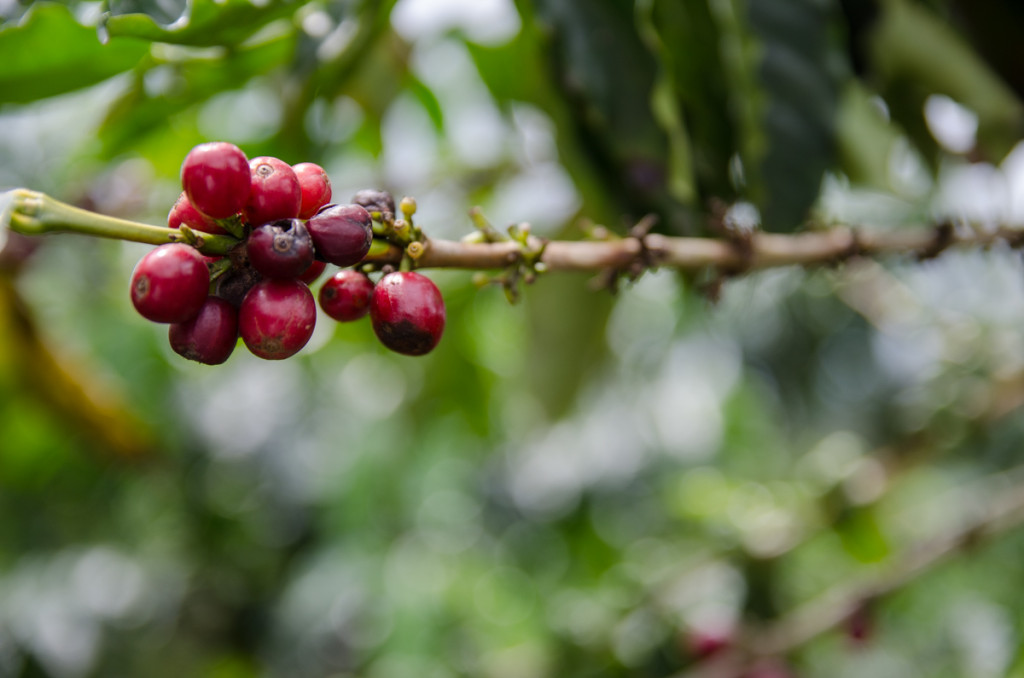
The following day I took the bus to Pereira and then to Salento. The total wait time at the two bus stations were less than 20 minutes. Salento is a small quiet picturesque town with a bunch of nice restaurants and coffee shops. It doesn’t have a party scene and at night the only entertainment available is drinking at a bar or playing the local game called tejo, a game where drunk locals throw a heavy iron disc trying to hit exploding packets of gunpowder. I was amazed at how the locals kept their throwing accuracy despite many shots (or bottles) of the local liquor aguardiente. I played with people from the hostel and had tons of fun even though most of us sucked at the game.
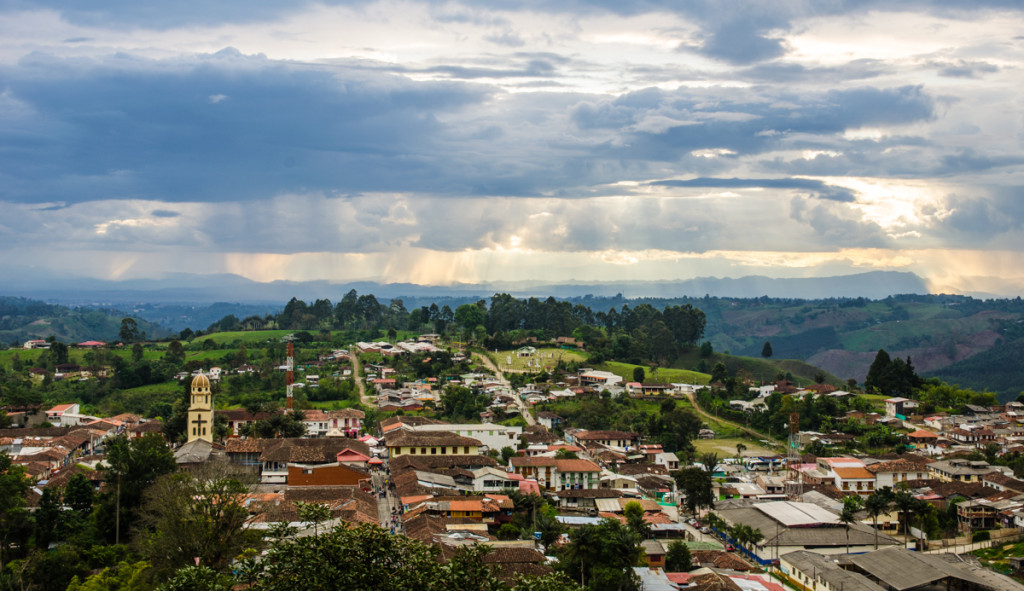
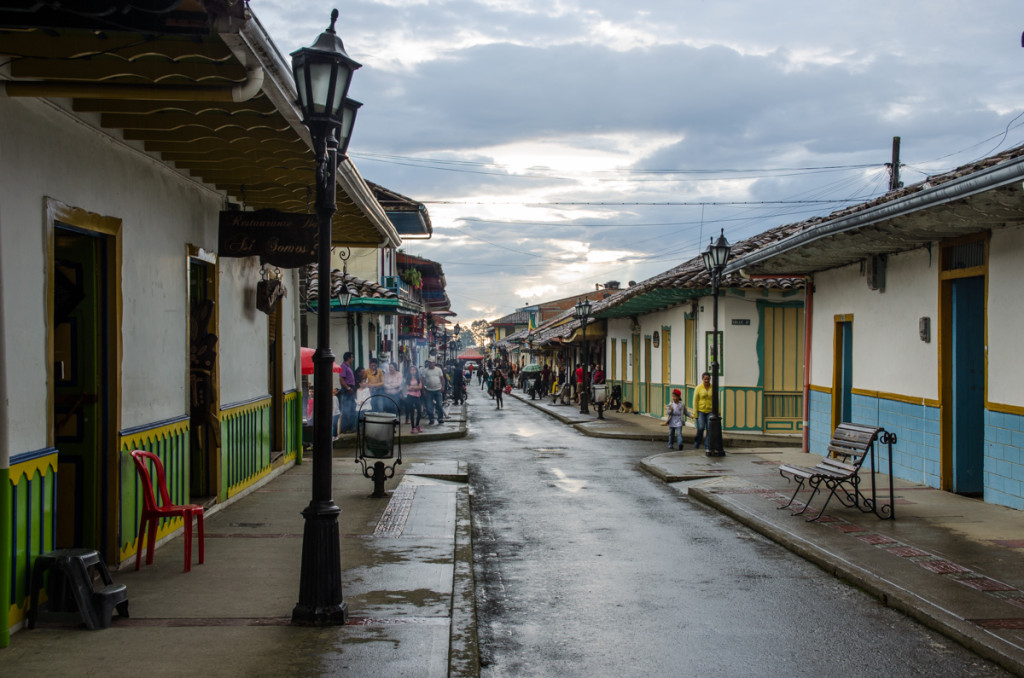

Most people who go to Salento also do a day hike in Valle de Cocora. The highlights of the hike are the hummingbird reserve and the palm trees growing on green mountain hills. We took jeeps on the way to the trail head and I have no idea how they were able to fit 12+ people on the tiny jeep. I had to stand on the rear bumper and hang from the back. The ride was an experience that brought a smile to face. Standing on the bumper next to me were local farmers, and going through the twisty roads surrounded by farms was a great experience.
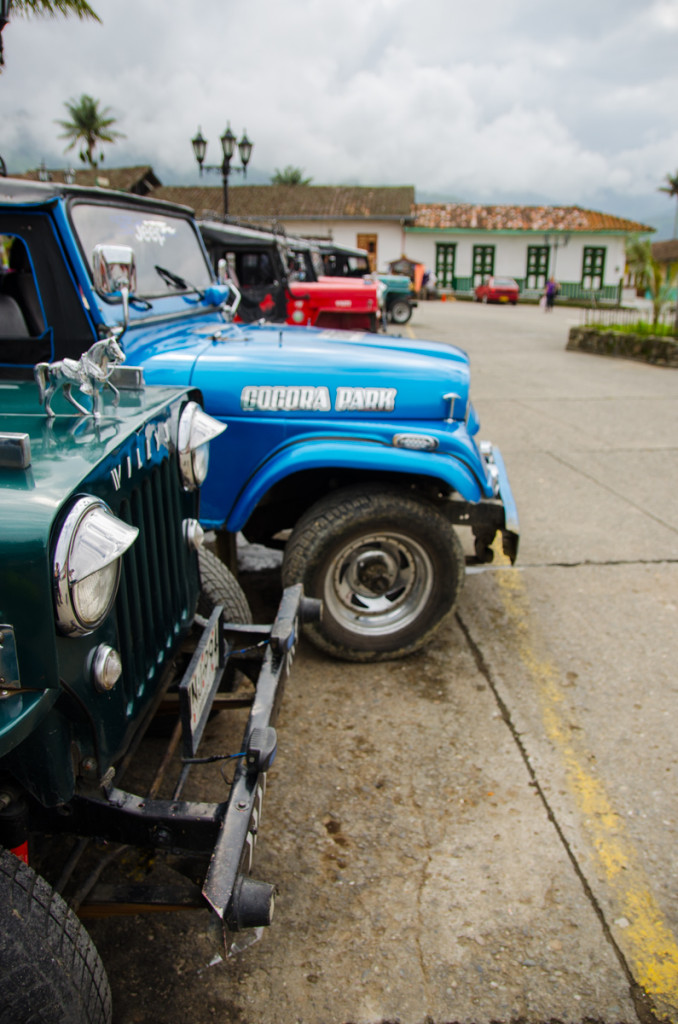
The hike was fairly easy and it took us about 4-5 hours total to finish the loop, stopping for a while at the hummingbird reserve. It had rained a lot the previous day so I rented some rubber boots at the hostel. It turned out to be unnecessary since the trail was not that muddy.
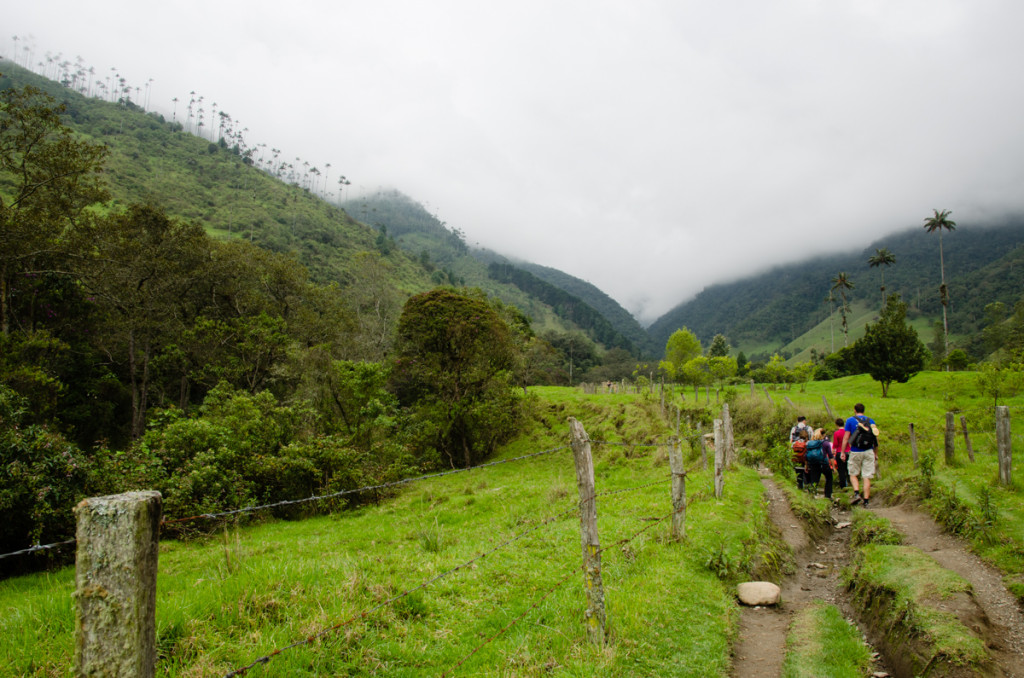
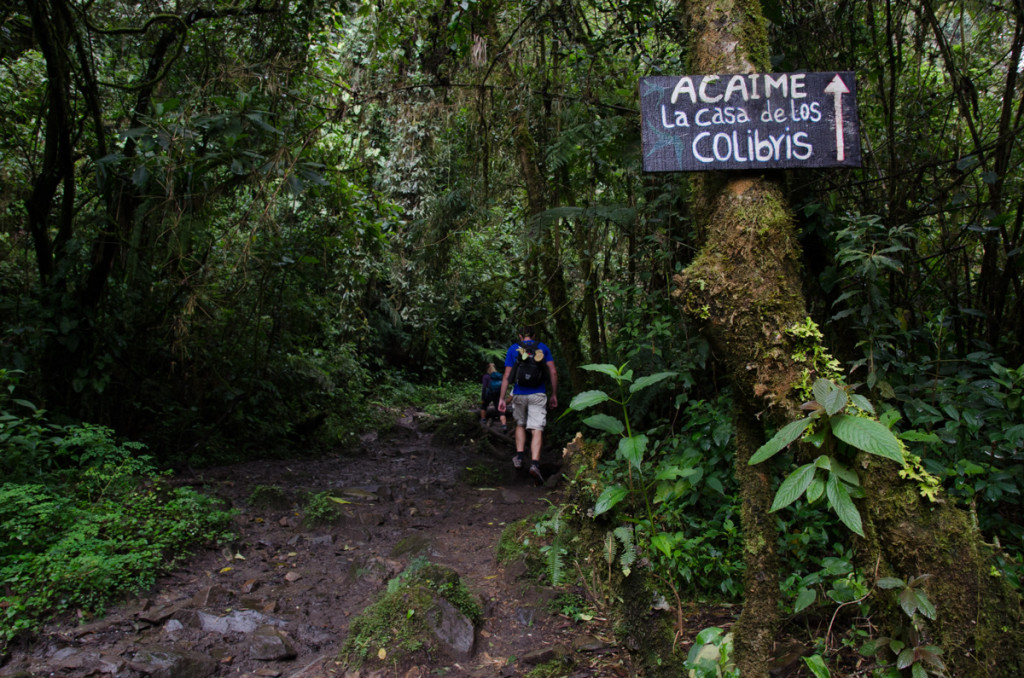
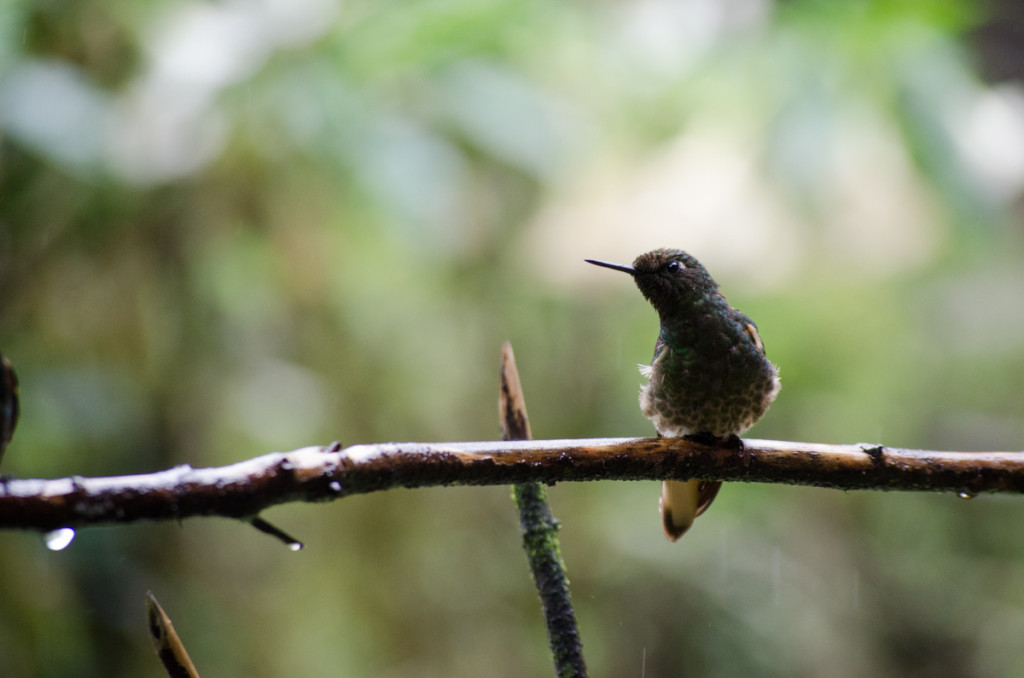
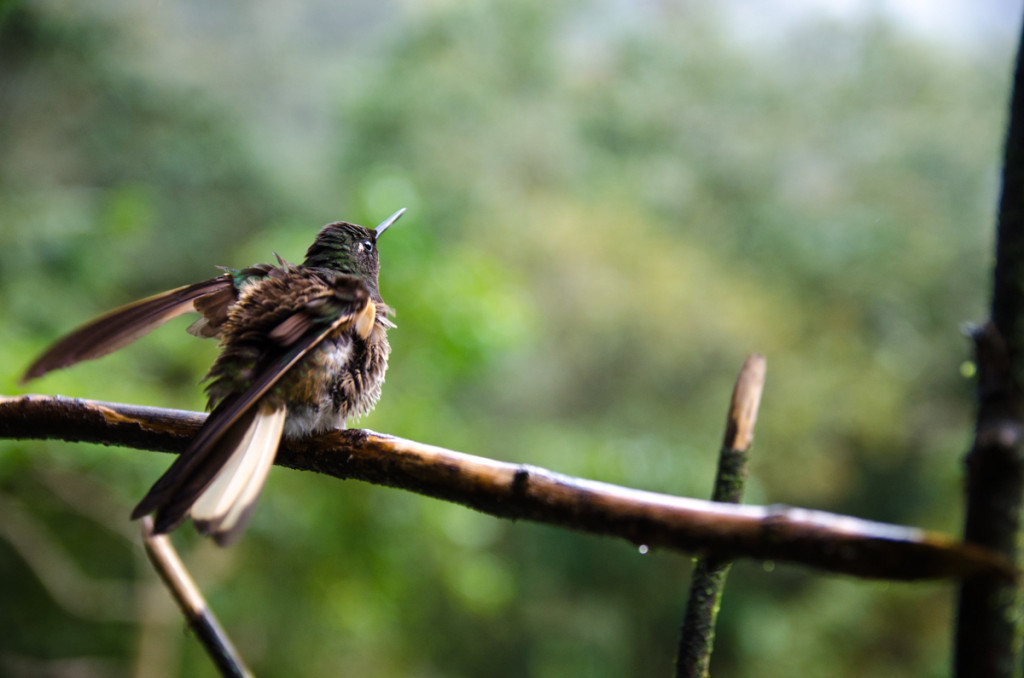
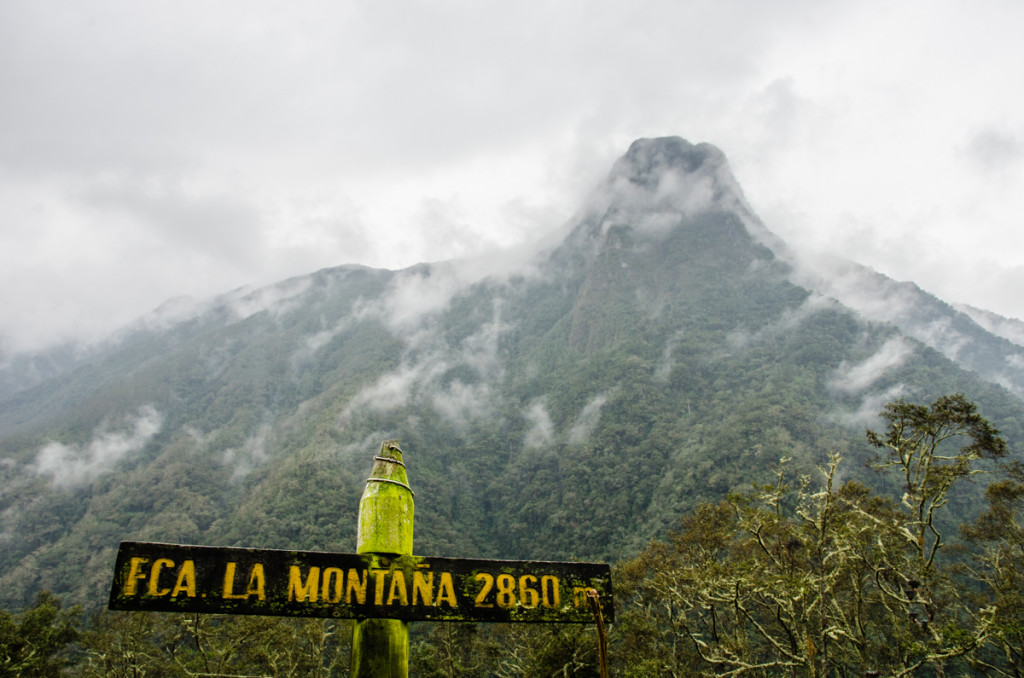

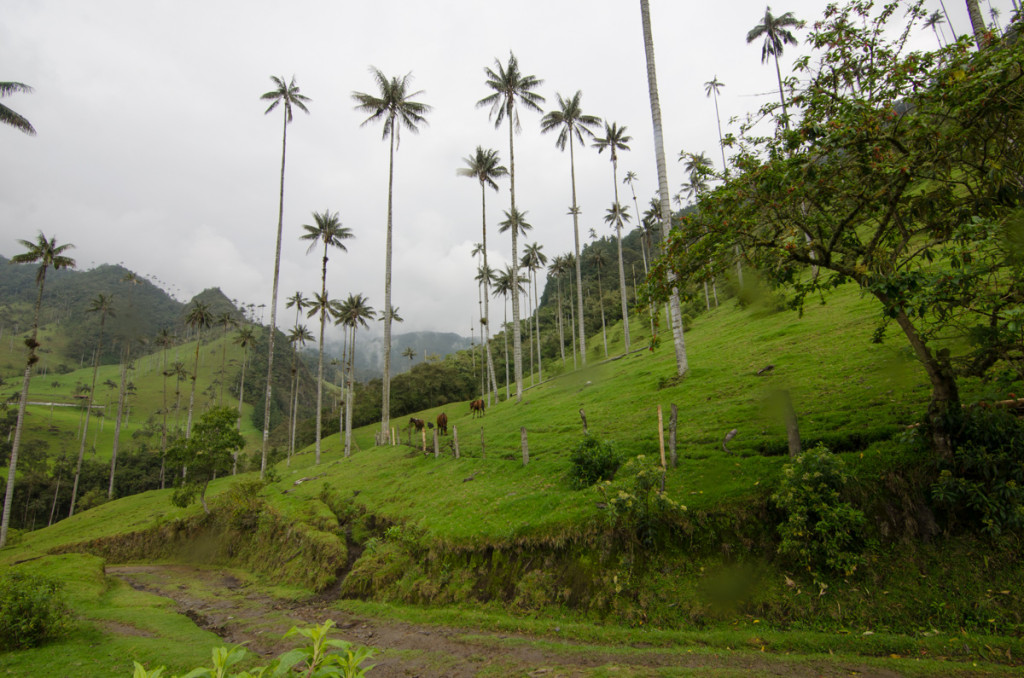
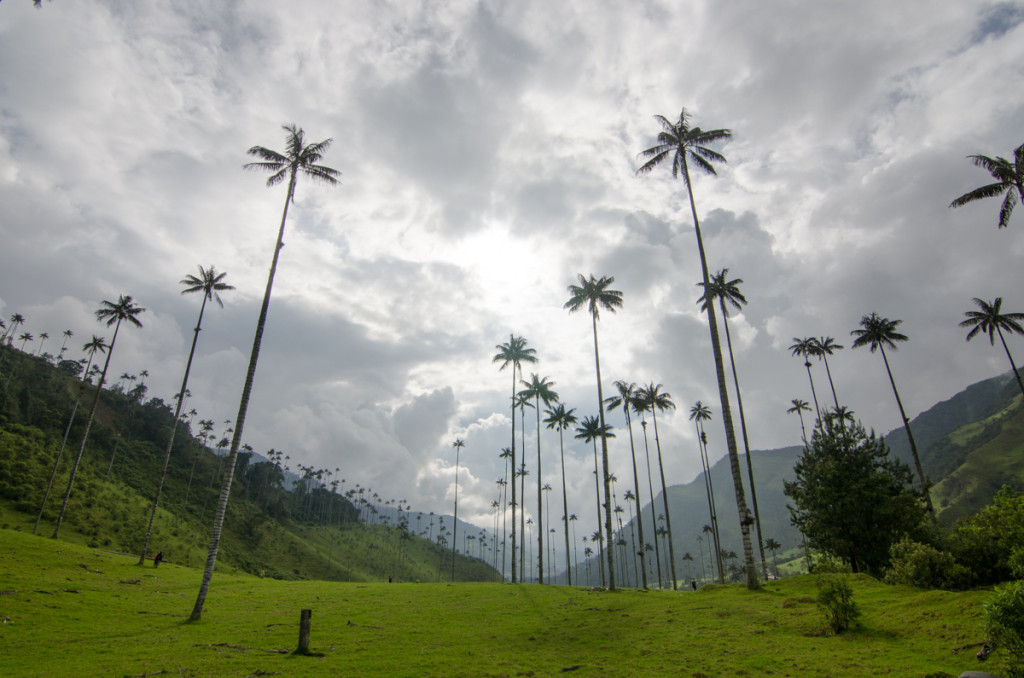
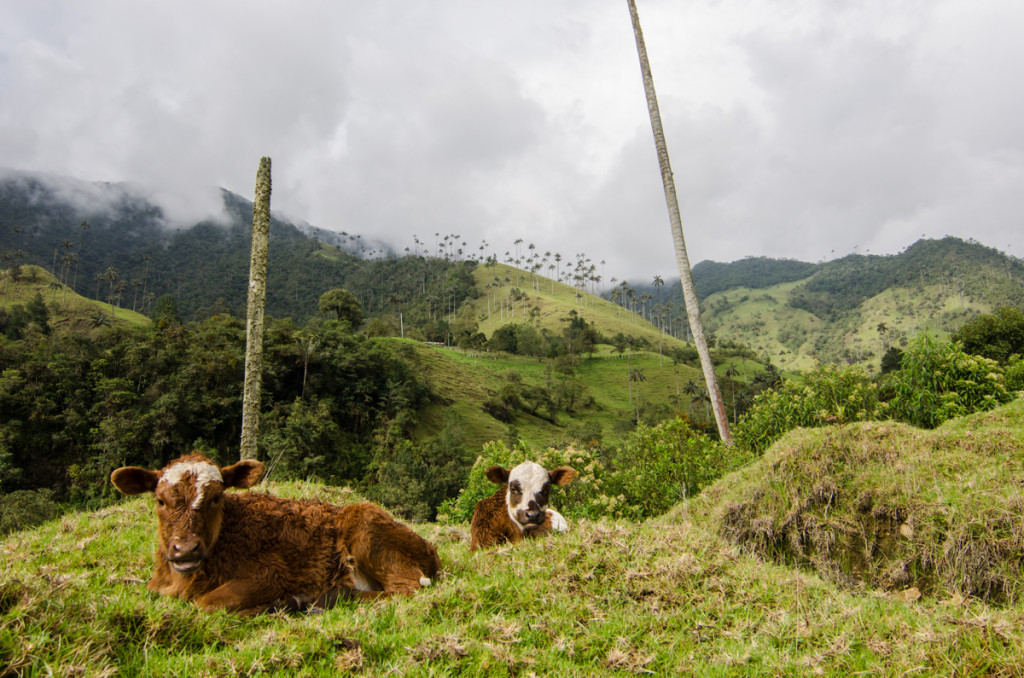
The return ride on the jeep was even more cramped. There were four of us hanging from the back of the jeep.
I really enjoyed my 5-day trip to this region of Colombia. The locals were very friendly and the coffee was great. Just like the rest of Colombia, the pace and vibe are not too slow or too crazy, fitting my personality perfectly.
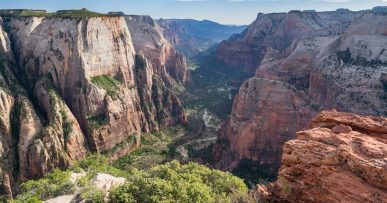
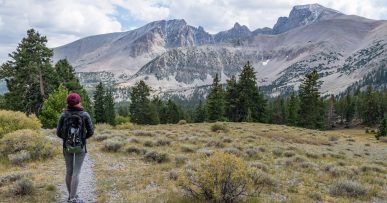

Comments (2)
hey Kevin, a wonderful entry and so much inspiration for my own journey. I did EXACTLY what you did and everything was wonderful. Stayed in a hostel nearby Manizales transport terminal, went to Salento for one day and the other to Hacienda Venecia. They asked for 60.000 and there was no way to bargain but that was okay, as your series is called Colombia 14, I suppose it was in 2014 so in 4 years a lot can change n terms of money 😉 THANK YOU so much, Stefanie from Austria
Hi Stephanie! I’m glad my post helped you plan your trip, and that you enjoyed it. When I was there in 2014 1 US dollar was 2,000 pesos, and it’s now around 3,000 pesos. So 60,000 for the tour sounds pretty reasonable.
I hope you get to visit other places in South America.